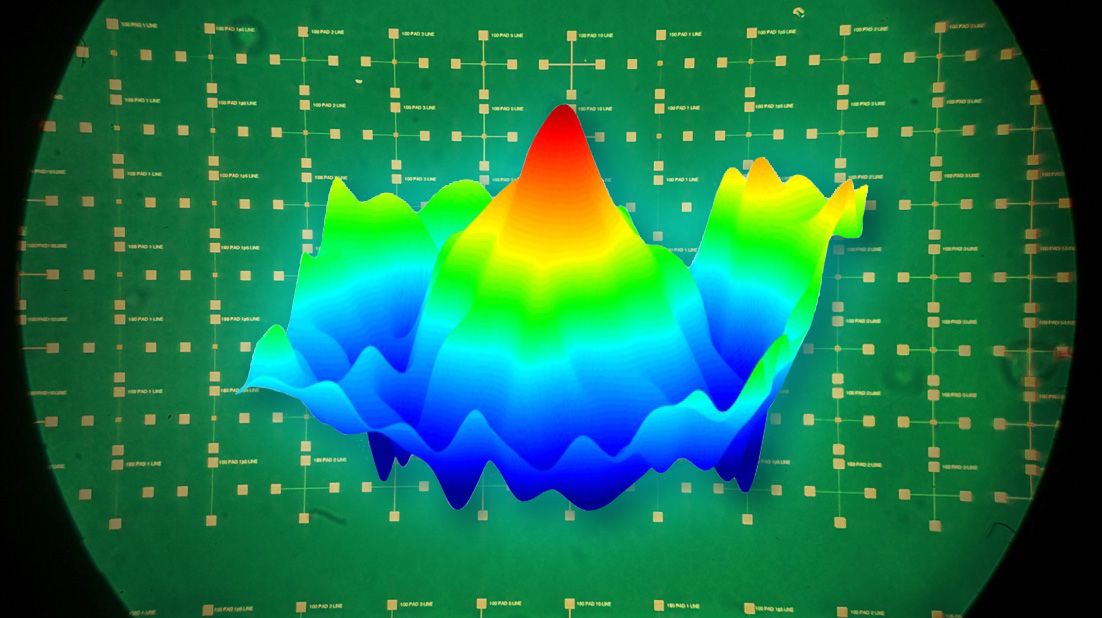In experiments at two Department of Energy national labs – SLAC National Accelerator Laboratory and Lawrence Berkeley National Laboratory – scientists at Hewlett Packard Enterprise (HPE) have experimentally confirmed critical aspects of how a new type of microelectronic device, the memristor, works at an atomic scale.
This result is an important step in designing these solid-state devices for use in future computer memories that operate much faster, last longer and use less energy than today’s flash memory. The results were published in February in Advanced Materials.
“We need information like this to be able to design memristors that will succeed commercially,” said Suhas Kumar, an HPE scientist and first author on the group’s technical paper.










The general theory of first, second, third order memristor, etc (first order memristors is the genuine memristor discovered by professor Leon O. Chua in 1971) is now completed (along with any order meminductor, memcapacitor) and published in an article I wrote with him, in International Journal of Bifurcation and Chaos (IJBC) Issue September 2014.
This paper is freely available on the site: https://www.researchgate.net/publication/261676241_MEMFRACTA…ITH_MEMORY
The Old Ohm’s law is generalized and fitted to those memory elements. The MEMFRACTOR is the generalized device encompassing NON PURE memristor, memindictor, memfractor.